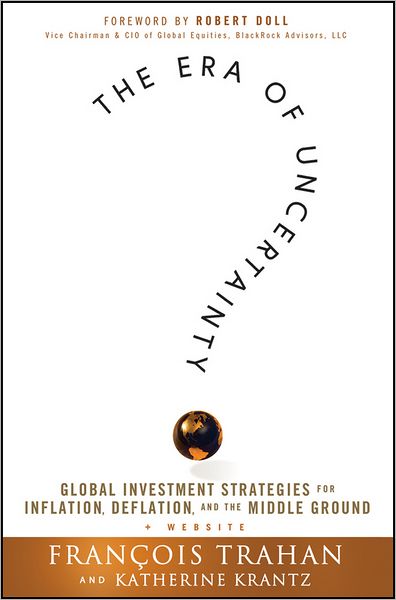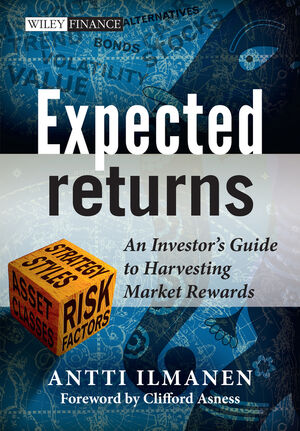Book Review: The Era of Uncertainty
Many fundamental investors have been shaped by Peter Lynch.? Invest from the bottom up.? Analyze companies, not the economy. Time spent on analyzing the economy is wasted time.
This book takes the opposite approach.? If you understand the economy, and think you know how GDP growth and inflation will go, you have a better chance of choosing the right industries and outperforming.
Like my methods of investing, he looks to understand where we are in the business cycle.? After that, look for good companies that exploit the tailwind.
I became familiar with the main author in the mid-2000s, when he worked for ISI Group.? I appreciated his approach to the markets, which was similar to mine, as the bubble grew, and he and I warned about it.
Think of it this way.? If you had been reading the main author in mid-2006, and had listened to him, how much better off would you be now?? Considerably better off and I offer many warnings over at RealMoney.com before the crisis emerged.
The book will help you understand the sectors and factors in the market that affect returns, and what elements lead those returns.
Beyond that the book expresses skepticism over many of the current economic policies of the US and other governments amid the overindebtedness of much of the world.
At the end, rather than saying, “This is what you should do,” the book asks what your views are, and says if you believe in “such and so” as an economic future, this is what you ought to do.
I liked the book a lot.? I think it is of value to most fundamental investors.
Quibbles
None
Who would benefit from this book: Most fundamental investors could benefit from this book.? If you want to, you can buy it here:?The Era of Uncertainty: Global Investment Strategies for Inflation, Deflation, and the Middle Ground.
Full disclosure: The publisher sent me a copy of the book for free.
If you enter Amazon through my site, and you buy anything, I get a small commission.? This is my main source of blog revenue.? I prefer this to a ?tip jar? because I want you to get something you want, rather than merely giving me a tip.? Book reviews take time, particularly with the reading, which most book reviewers don?t do in full, and I typically do. (When I don?t, I mention that I scanned the book.? Also, I never use the data that the PR flacks send out.)
Most people buying at Amazon do not enter via a referring website.? Thus Amazon builds an extra 1-3% into the prices to all buyers to compensate for the commissions given to the minority that come through referring sites.? Whether you buy at Amazon directly or enter via my site, your prices don?t change.





